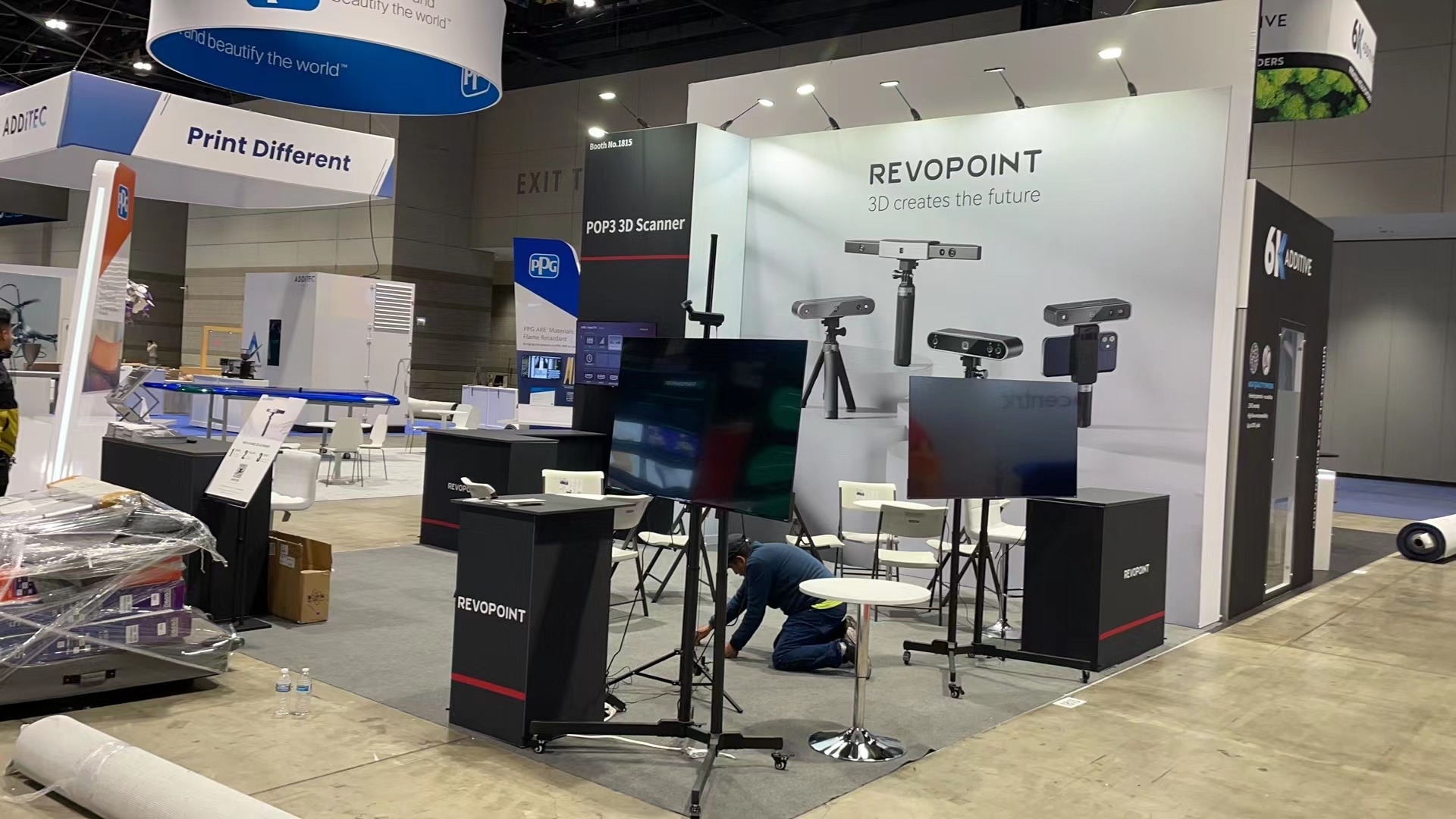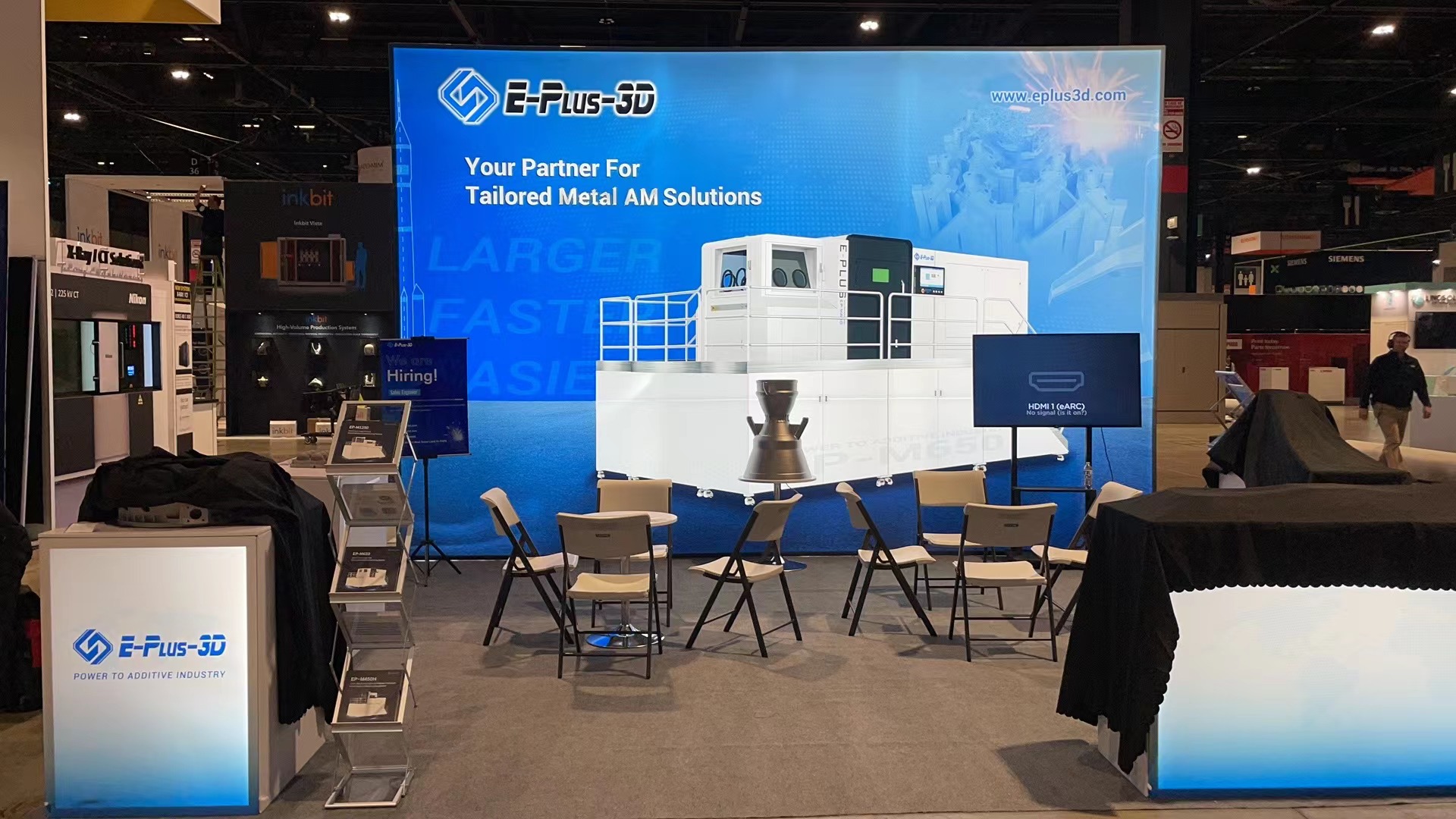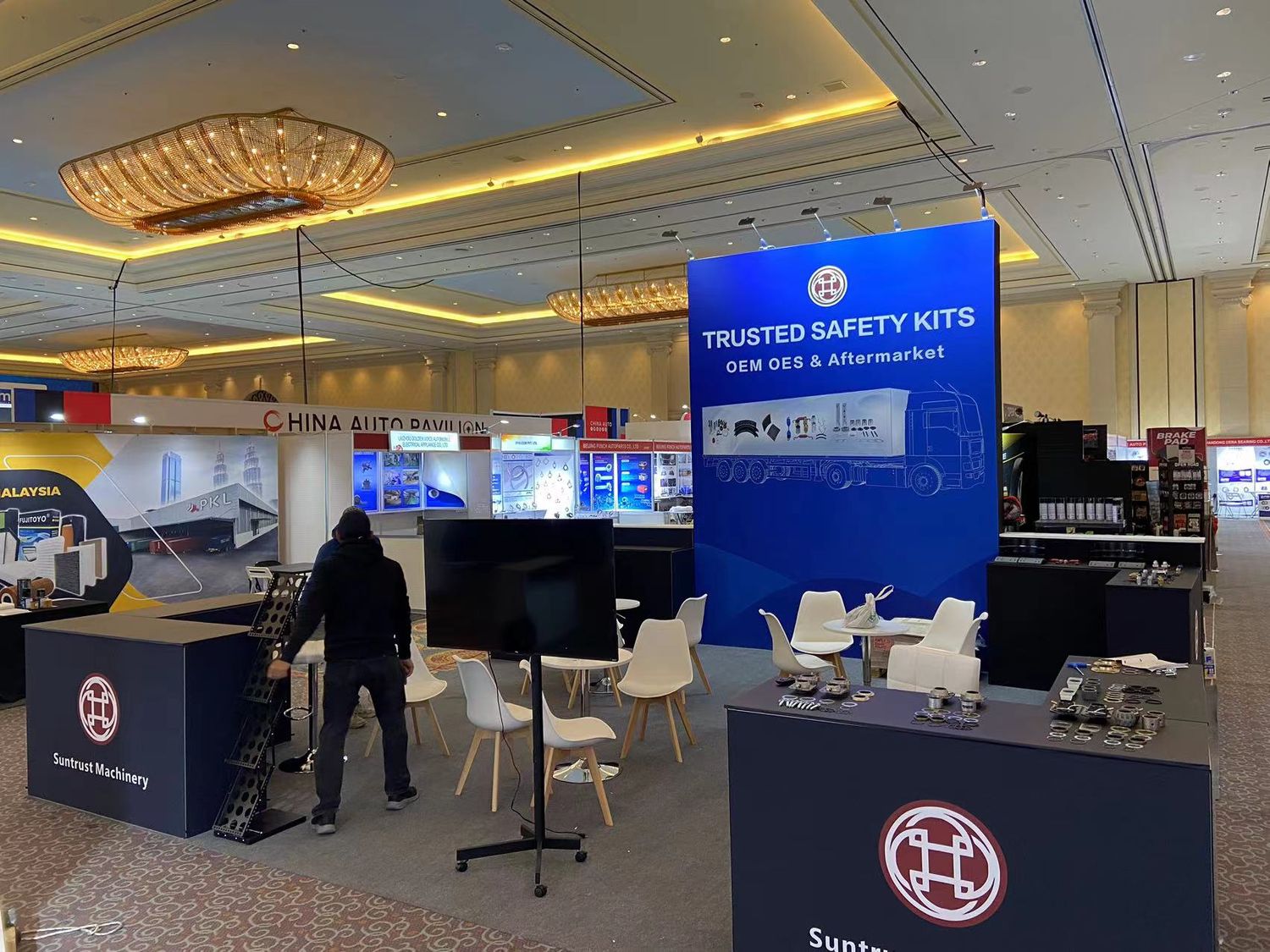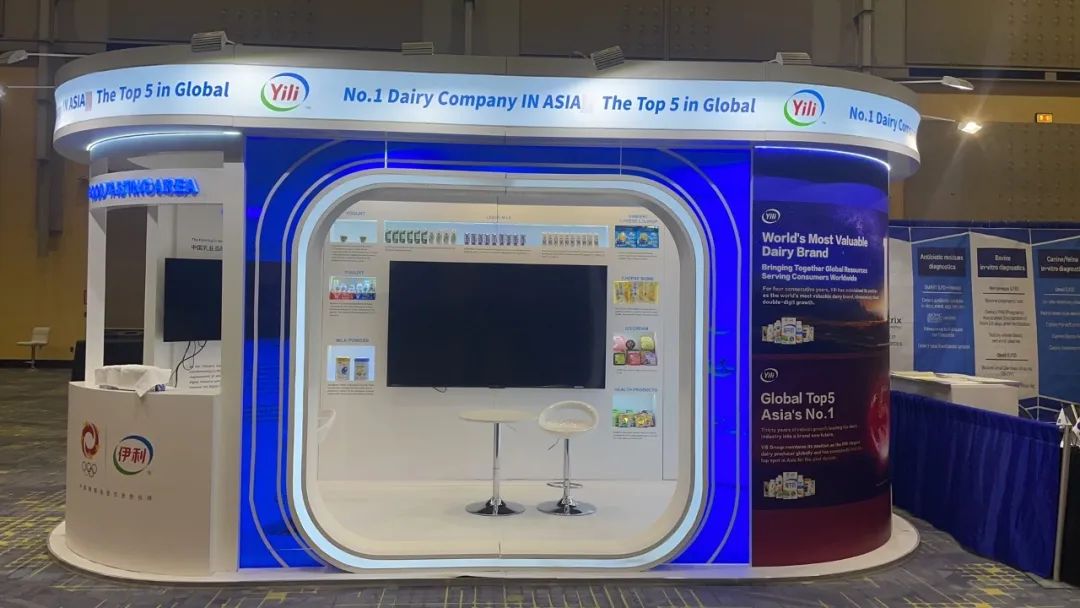Will Slow Exhibition Construction in Japan Undermine Your Event Success?
As Japan gears up for high-profile international events like the Osaka Expo 2025, concerns about delays in exhibition construction have taken center stage. With only 8 out of 47 self-built pavilions completed weeks before the Expo’s opening, the risks of sluggish progress are more than theoretical—they threaten brand reputation, visitor engagement, and financial returns. This article explores how construction delays impact exhibition outcomes and offers actionable solutions to mitigate risks.
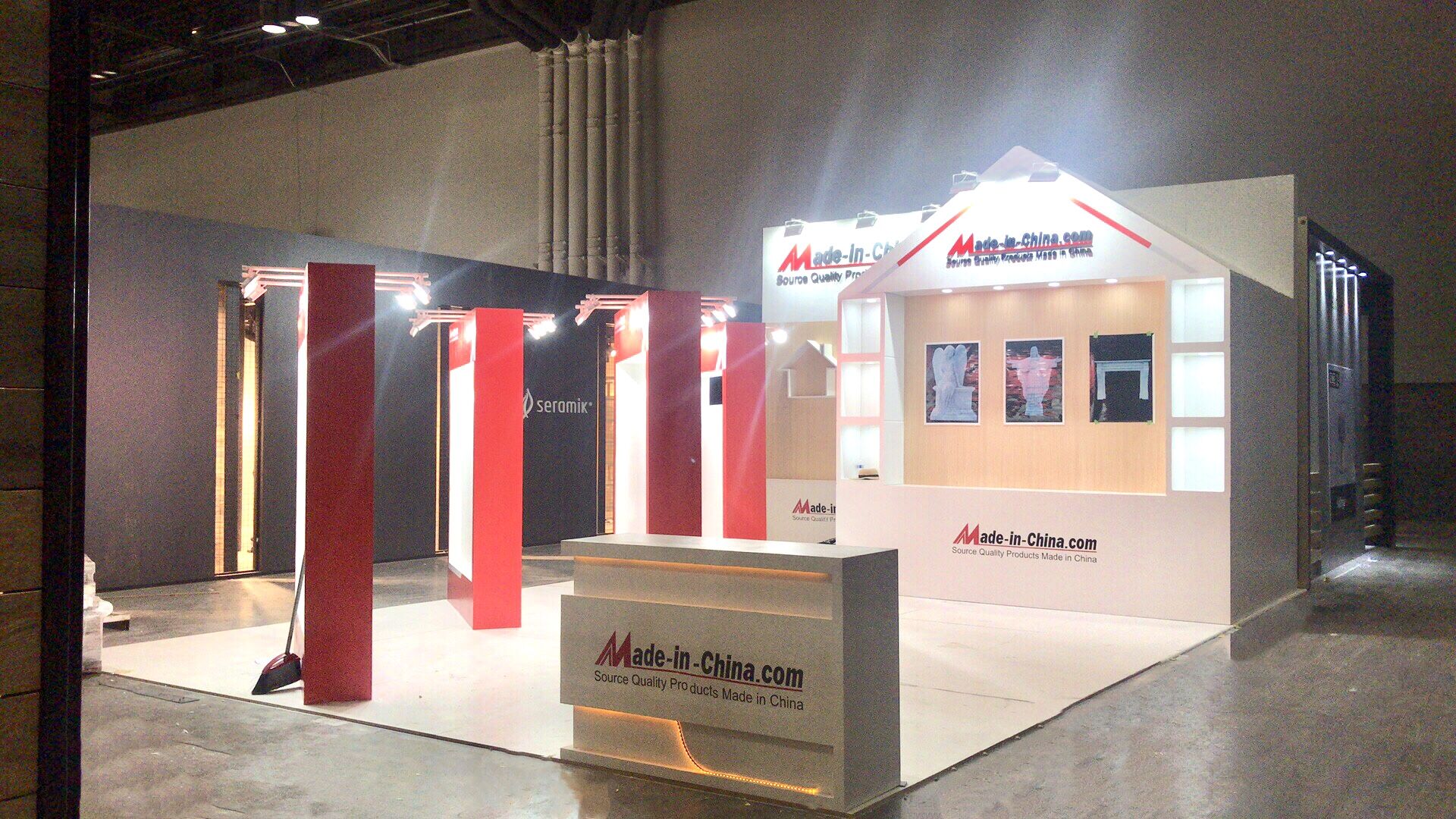
1. The High Stakes of Delayed Exhibition Construction
1.1 Missed Deadlines and Brand Reputation
In Japan’s exhibition industry, timelines are sacred. Delays in pavilion completion, as seen in the Osaka Expo 2025, force exhibitors to compromise on design quality or resort to rushed, subpar installations. For instance, nearly 80% of self-built pavilions remained unfinished by March 2025, leaving countries like Poland scrambling to finalize their exhibits. Such delays not only tarnish a brand’s image but also signal poor preparedness to potential partners and customers.
1.2 Financial Losses and Budget Overruns
Construction delays often lead to cost escalations. At the Osaka Expo, Japan’s “local-first” policy—mandating Japanese materials and labor—backfired due to soaring timber prices and a shortage of skilled workers. For example, prefab pavilion costs reached **¥80,000 per square meter**—10 times higher than European standards. These overruns strain budgets, forcing some exhibitors to abandon self-built projects or exit entirely.
1.3 Visitor Experience and Engagement
A half-built exhibition space alienates visitors. The Osaka Expo’s delayed installations risked “empty pavilions and bored audiences,” as exhibitors struggled to meet the March 13 deadline for exhibit setup. Poorly timed construction also disrupts staff training and operational readiness, further dampening visitor satisfaction.
2. Root Causes of Construction Delays in Japan
2.1 Bureaucratic Hurdles and Complex Approvals
Japan’s strict regulatory framework exacerbates delays. Obtaining permits for pavilion construction involves 4 separate approvals, with applications submitted exclusively in Japanese—a barrier for foreign exhibitors. The Osaka Expo’s rigid adherence to local standards clashed with innovative designs from countries like the Netherlands, causing months of revisions.
2.2 Labor Shortages and Aging Workforce
Japan’s construction sector faces a critical shortage of skilled labor, worsened by an aging population. With only 14 out of 47 pavilions under construction by August 2024, contractors resorted to risky 24/7 shifts to meet deadlines. This “quantity over quality” approach raises safety concerns and long-term sustainability issues.
2.3 Supply Chain Disruptions and Material Costs
Global supply chain volatility, compounded by geopolitical tensions like the Russia-Ukraine conflict, has inflated prices for steel, lumber, and other essentials. At the Osaka Expo, material costs rose 30-50% year-on-year, forcing exhibitors to downsize or switch to cheaper alternatives.
3. Solutions to Mitigate Construction Delays
3.1 Partner with Experienced Local Teams
Choosing a Japanese exhibition contractor with proven expertise in international projects can streamline approvals and reduce miscommunication. For example, professional firms like Shin-Doryoku Exhibitions leverage local networks to cut costs by 30% while adhering to deadlines.
3.2 Opt for Modular and Prefab Designs
Modular pavilions, such as the Osaka Expo’s “X-class” rentals, offer faster assembly and lower costs. Though less customizable, they ensure timely completion—a trade-off worth considering for time-sensitive events.
3.3 Early Planning and Contingency Budgets
Start planning 6-12 months in advance to navigate Japan’s bureaucratic maze. Allocate a 15-20% contingency budget to absorb unexpected cost hikes, as seen in the Osaka Expo’s ¥2.35 billion restroom debacle.
3.4 Leverage Technology for Coordination
Use project management software and BIM (Building Information Modeling) to synchronize design, procurement, and construction phases. Real-time updates prevent misalignment between stakeholders—a common pitfall in Japan’s fragmented construction industry.
4. Case Study: Lessons from Osaka Expo 2025
The Osaka Expo’s struggles highlight systemic issues but also offer lessons:
Flexibility Matters: Countries like Ireland and South Korea completed pavilions early by simplifying designs and collaborating closely with Japanese contractors.
Localize Strategically: While Japan’s “local-first” policy caused delays, leveraging local expertise in logistics (e.g., Osaka’s rail network) can enhance efficiency.
Communicate Transparently: Regular updates between exhibitors, contractors, and regulators prevent last-minute surprises.
Slow exhibition construction in Japan is more than a logistical headache—it’s a threat to ROI and brand equity. By addressing bureaucratic inefficiencies, labor shortages, and supply chain risks proactively, exhibitors can turn challenges into opportunities. As the Osaka Expo 2025 unfolds, its trials underscore the importance of agility, local partnerships, and contingency planning. For businesses eyeing Japan’s lucrative event market, the message is clear: speed and precision in construction are non-negotiable.
